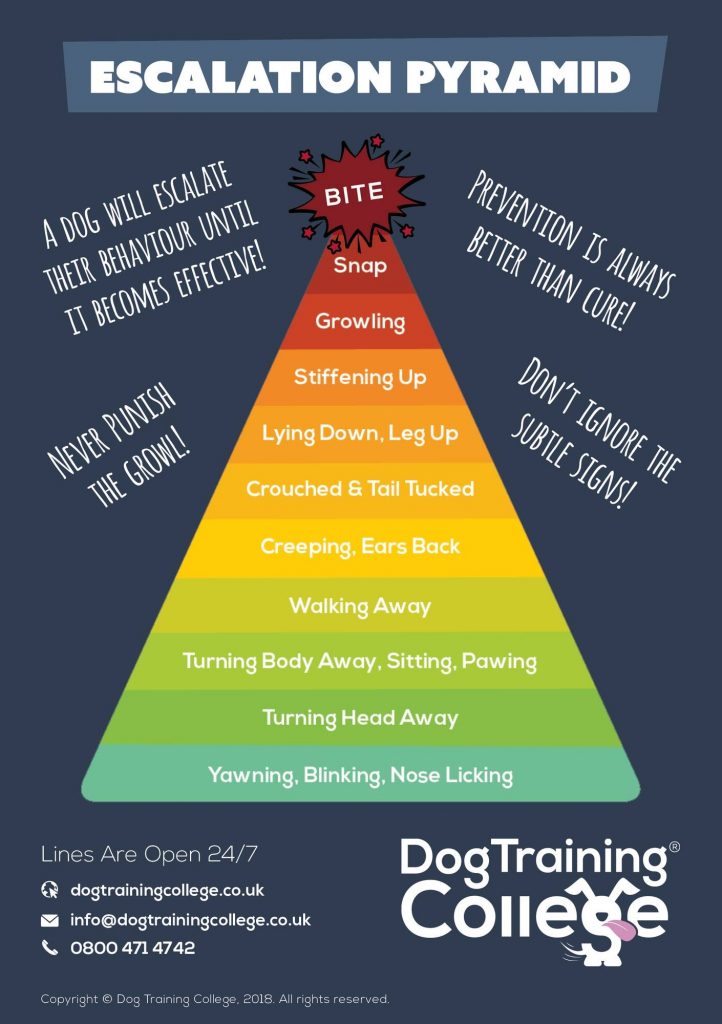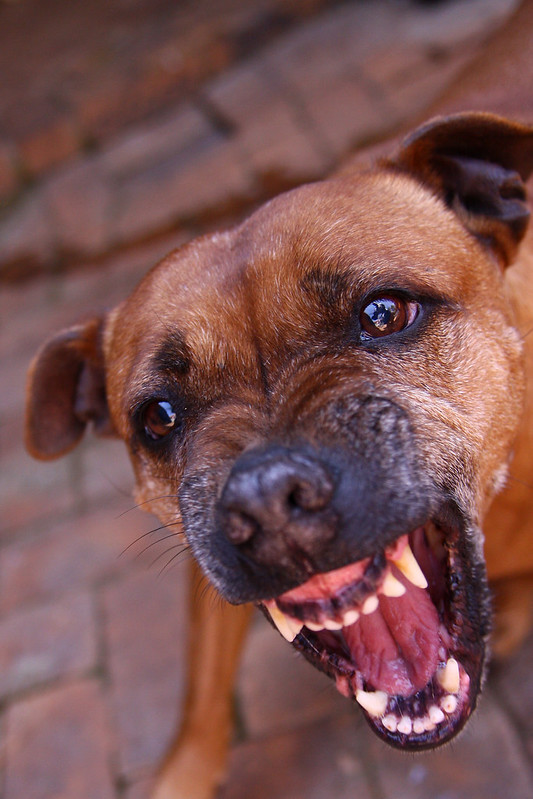One of the dog parents I know, raise a German Shepherd dog. His name is Chico. The family takes care of the dog like one of its own. Chico has free range access in the house and gets enough exercise throughout the day.
Despite the exercise and the freedom, Chico growls at one of the members of the family. The growl has become prevalent in the last two months. The circumstance urged Chico’s parents to call for help.
I think many dog parents could see themselves in a similar circumstance. Before I share a simple rule that avoids such instances, let us understand why your dog growls.
Why dogs growl?
Growling is communication. Dogs don’t growl for no reason. They growl because they don’t want to end up in a conflict. Let me explain.
Let’s say that you offer your dog a delicious chicken leg. The moment they grab, the chicken leg (resource) becomes theirs to enjoy.
When you close in or even try closing in, they fear losing the resource to you. They express their dislike by growling. You see, growling is communication. Your dog doesn’t like you doing, what you’re about to do.
Another example — let’s say you’re about give your dog a pill. Your dog doesn’t like to take the pill. When you forcefully try, your dog dislikes the situation.
Obviously, any dog in that situation would try to fly away. It is only when a dog realizes that he/she cannot fly away, escalation happens.
Escalation Pyramid

When you put your dog in an unpleasant circumstance, your dog exhibits his/her dislike using body language starting from the bottom of the pyramid (shown in the image above).
We, humans often times, ignore those subtle signs. Dogs would escalate until the circumstance turns effective for them.
You should start paying attention to your dog and to the subtle cues that your dog exhibits. However, not all of us are excellent observers. If that’s case, I suggest following the 3 second rule.
Three second rule
The three second rule is simple to follow but not easy.
The rule is — Interact with your dog for three seconds. Stop the interaction and take a step back, away from your dog.
If your dog likes your interaction he would step forward towards you. You would observe other subtle cues from the pyramid (shown in the image above), otherwise.
You can continue doing what you were doing already ONLY if your dog takes a step forward and towards you. You should stop otherwise.
You don’t have to adopt this rule throughout your dog’s life.
When your dog trusts you, he/she would be happy to share even their most precious resource with you.
When your dog trusts you, your dog’s tolerance would increase. You could leverage your dog’s increased tolerance. For example, when you want your dog to take a pill or when you want to bath your dog.
But you have to earn their trust first. Until you earn your dog’s trust, adopt this rule and you will save yourself from your dog’s bite.
Today, I’m grateful to the Almighty for keeping us safe during our travel.

2 responses to “No Growling, No Biting — 3 Second Rule To Avoid Injury”
Very well explained. To the point. Something that every pet parent should know and follow
Thank you 🙂